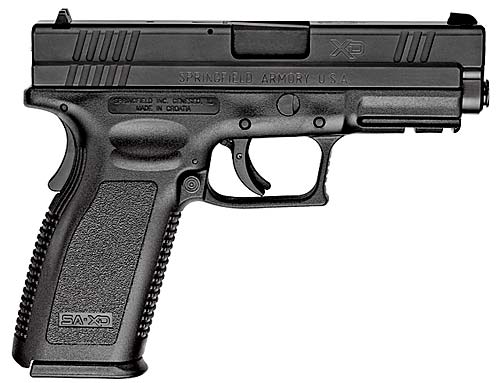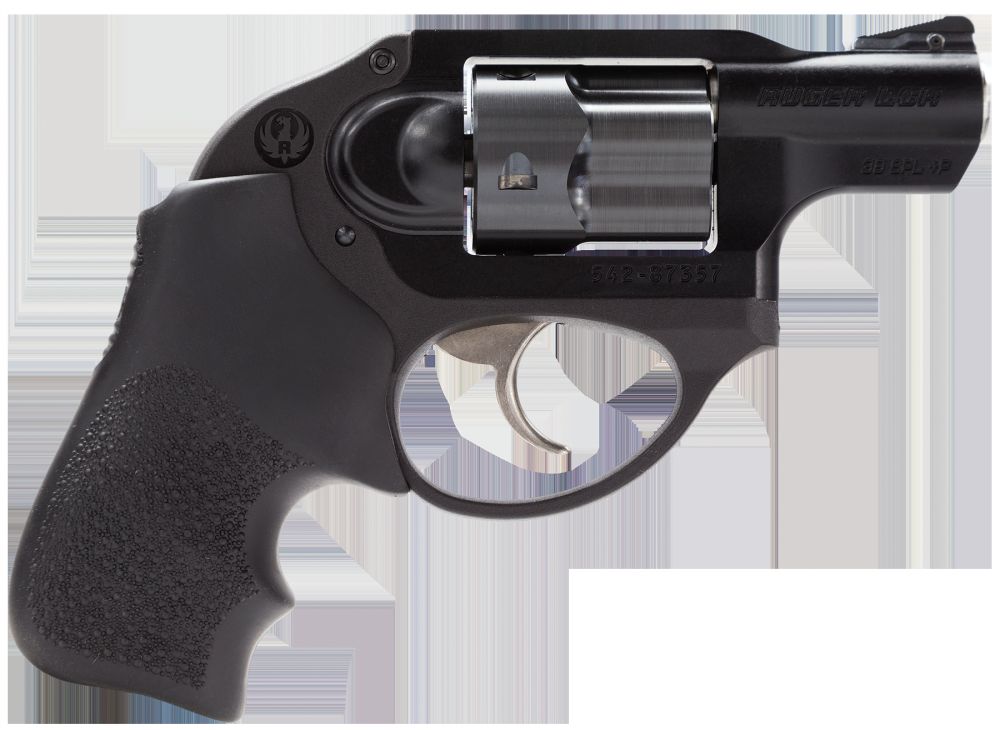Handgun Capacity
The fourth part of this series relates to handgun capacity. Just as the other three parts are crucially important to selecting a handgun for home defense, capacity is equally as important and is affected by all of the other three choices.
For instance, most revolvers can only load 5 rounds in the cylinder. Whereas, semi-automatic pistols hold much more on average. A typical double-stacked magazine 9MM semi-automatic pistol will hold at least 15 rounds. Even a single-stacked magazine such as on a 1911, holds 8 rounds of .45ACP.
Multiple Assailants
If you have been reading the news lately, I suspect that you may have seen the flash mob attacks going on all over the country (such as in Chicago, IL, Philadelphia, PA, Wisconsin, and even in Dallas, TX) and as well as multiple-assailant home invasions (such as near Tampa, FL and Anderson, SC). Capacity could mean the difference between living and dying in some scenarios. Each individual person reacts differently to being shot, so while 1 round may stop some, 5 rounds or more may not stop someone else. Shot placement, training, and target practice become critical here. When in these dangerous scenarios, your adrenaline is rushing and you have a tendency to miss (especially if you do not train under these circumstances).
Revolvers - Limited Capacity
Revolvers are good options, they are chambered in some of the most powerful rounds known when it comes to handguns. However, the design of the revolver limits your capacity, as well as your reload speed. They typically hold 5 rounds, some more, some less.
Semi-Automatics
Semi-automatic pistols are great options. They are chambered in some fairly powerful rounds, and they have a great deal of capacity. A typical double-stacked magazine 9MM semi-automatic pistol will hold at least 15 rounds. And even a single-stacked magazine such as on a 1911, holds 8 rounds of .45ACP.
For example, the Smith & Wesson M&P full-size 9MM semi-auto pistol holds 17 rounds:
Whereas, the Springfield Armory XDm holds a remarkable 19 rounds in 9MM:
And even the Springfield Armory XDm in .40S&W holds a surprising 16 rounds:
Gun Size
Capacity has a great deal to-do with gun size. Such as, a smaller grip frame can't hold as many rounds as a full size grip frame.
For instance, the Glock 17 holds 17 rounds of 9MM in a full size grip frame:
Whereas, the Glock 26 holds 10 rounds of 9MM in a subcompact grip frame:
Part 5 coming soon, which will discuss ammunition. As always, the link will be posted at the end of this post once finished.






























